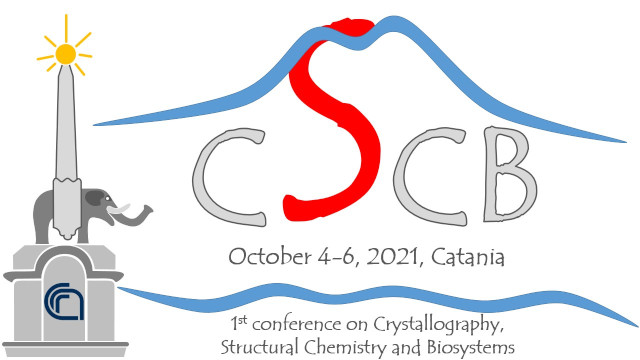Speaker
Description
Wound healing is a complex, efficient and highly regulated biological process that consists of four phases: hemostasis, inflammation, proliferation and migration of cells [1]. Copper-dependent stimulation of vessel formation during the wound healing has been mainly attributed to its regulation of vascular endothelial growth factor (VEGF) and angiogenin [2]. The human copper-binding peptide GHK (glycyl-l-histidyl-l-lysine) is a small, naturally occurring tri-peptide present in human plasma that can be released from tissues in the case of an injury and is able to control the fibrinogen biosynthesis in liver tissue [3,4]. Most authors attribute effects of GHK to its ability to bind copper (II) ions that can affect not only the copper metabolism but also regulate a number of human genes [5]. Hyaluronic acid (HA) is currently used in tissue regeneration either alone or conjugated with bioactive molecules [6,7]. 200 kDa HA affects tissue regeneration and pro-angiogenic and wound closure processes.
In the present work, we report on the protective and regenerative actions of the HA-GHK conjugate on mouse embryonic fibroblasts cell line (NIH/3T3) in the presence and in the absence of Cu(II) ion. Dose-response experiments show no significant effect on cell viability/proliferation with or without 1 µM copper. The effect of HA-GHK conjugates on wound healing was investigated; as expected, HA200 treatment slightly increases the wound closure, while the addition of HA-GHK with different % of GHK loading results in higher % of wound closure than with HA200. Addition of 1 µM copper or 50 µM copper chelator BCS, modify this effect. Altogether, our findings pinpoint that GHK-HA is a good candidate as new molecular entity in wound healing and skin repairing.
[1] Guo S and Dipietro LA, Factors affecting wound healing. J Dent Res. 2010; 89(3):219-29
[2] Kornblatt AP et al J of Inorg Biochem. 2016; 161:1-8
[3] Pickart L. J of Biomat Sci. Polymer edition. 2008; 19: 969-988
[4] Pickart L et al. Oxidative medicine and cellular longevity; 2012: 324832
[5] Pickart L et al. BioMed Res. Int., 2014; 151479
[6] Neuman MG et al. Hyaluronic acid and wound healing. J Pharm & Pharmac Sci. 2015; 18:53.
[7] Sciuto S et al. Derivatives obtained from hyaluronic acid and carnosine. 2015.
PCT/IB/2015/055782.

